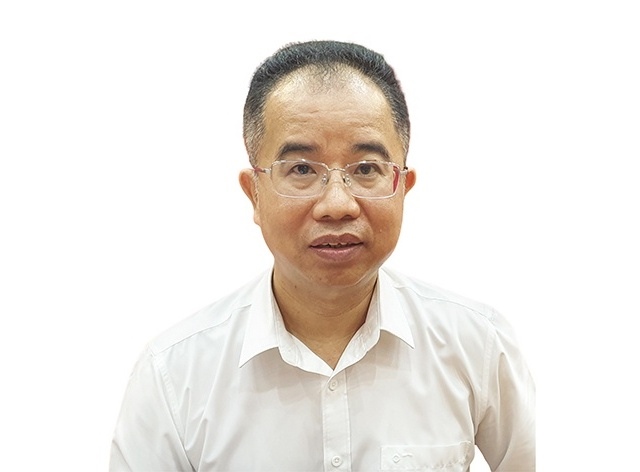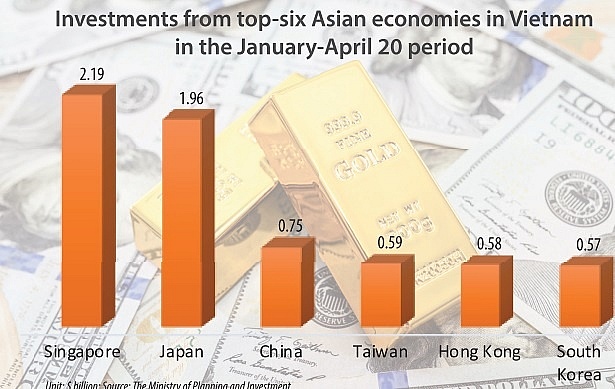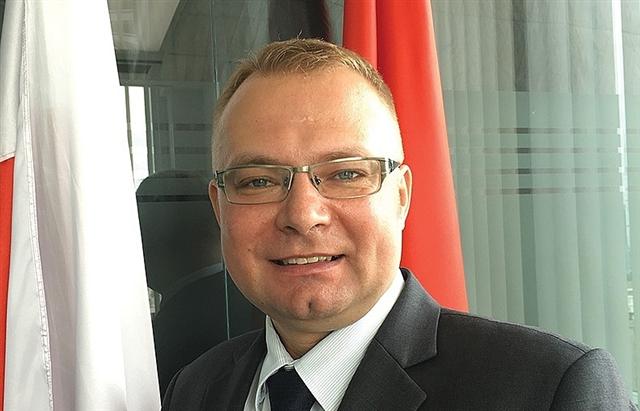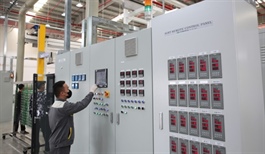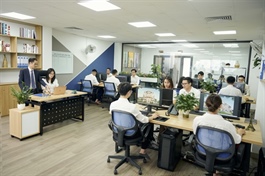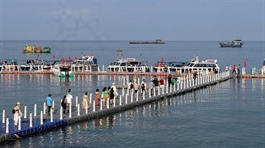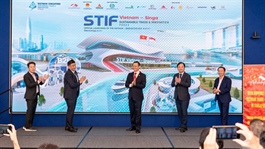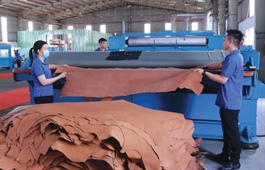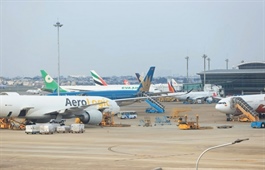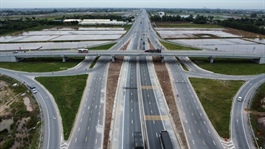Sands shifting for Singaporean investment within Vietnam
Sands shifting for Singaporean investment within Vietnam
We are seeing a shift from reactive mitigation to proactive investment realignment, reinforcing Vietnam’s role not just as a manufacturing hub, but as a stable and deftly managed node in the global supply chain.
Singaporean businesses operating in Vietnam have become increasingly attuned to the wider implications of US tariff policy across multiple jurisdictions and sectors. Consequently, this has particularly sharpened the risk calculus for investors engaged in cross-border manufacturing and supply chain-intensive operations.

Seck Yee Chung, vice president Singapore Chamber of Commerce Vietnam |
For Singaporean companies with manufacturing, logistics, and infrastructure interests in Vietnam, the most immediate concerns include supply chain exposure to tariffed goods and intermediate goods entering Vietnam for further processing that may fall within the ambit of US scrutiny if exported onward. This applies notably to components in the electronics, solar, steel, and automotive sectors. Singaporean investors are responding by conducting granular origin analysis and segmenting supply lines to ringfence exposure.
There is heightened risk of circumvention investigations due to the US Department of Commerce intensifying its focus on transshipment through Southeast Asia, including Vietnam. Singapore-headquartered companies may face inquiries into whether Vietnamese subsidiaries are unwittingly facilitating re-routing. As a result, many businesses have proactively enhanced customs compliance, implemented digital traceability tools and sought bilateral engagement with Vietnamese authorities to reinforce good-faith practices.
Tariffs on strategic sectors such as steel, aluminium, and clean energy have become more sensitive in the US regardless of country of origin. As tariffs in these sectors become more policy-driven than geography-driven, Singaporean investors with Vietnamese exposure must now factor industrial policy dynamics into their risk assessments.
Singaporean investors remain committed to Vietnam, albeit with a more nuanced view of global trade volatility. The country’s macroeconomic stability, depth of manufacturing capabilities, and favourable foreign direct investment policies in certain sectors make it a compelling destination for foreign investment. However, investors are increasingly building resilience and agility into their investment strategies.
We anticipate developments such as expansion into high-tech and value-added manufacturing, with enterprises moving beyond basic assembly into precision manufacturing, semiconductors, and electric vehicle-related components. Vietnam’s improving vocational training and investment incentives further support this shift.
Another is investment in logistics and digital infrastructure, with Singaporean capital flowing into smart warehouses, e-commerce fulfilment hubs, and cold chain logistics, with a view to strengthen last-mile distribution.
Elsewhere is a rising interest in environmental, social, and governance-compliant industrial parks and zones which attract multinational enterprises seeking traceable, low-carbon supply chains, each being a key selling point in tariff-sensitive sectors. And the continuance of flexible commercial structuring and planning strategies to anticipate and mitigate applicable policy shifts.
For legal and strategic advisors, structuring cross-border investments in Vietnam is no longer simply about accessing a fast-growing market. Rather, it is about constructing resilient, jurisdiction-sensitive ecosystems that can withstand global trade volatility.
Despite the challenges, the trajectory of Singaporean investment in Vietnam remains upward and driven not by opportunism, but by long-term conviction.
Overall, we are seeing a shift from reactive mitigation to proactive investment realignment, reinforcing Vietnam’s role not just as a manufacturing hub, but as an increasingly strategic player in the global supply chain.
The evolution of US tariffs has catalysed a deeper transformation in investor behaviour. What began as a China+1 strategy is now part of a broader investment reconfiguration aimed at hedging geopolitical risk while securing long-term competitiveness.
Key shifts include sector-specific acceleration in Vietnam, with Singaporean investors expanding in sectors positioned to benefit from global supply chain diversification. These include electronics assembly, consumer goods manufacturing, industrial equipment, logistics infrastructure, and renewable energy. The appeal lies not only in tariff insulation, but also in Vietnam’s growing web of free trade agreements.
To move quickly and de-risk expansion, many businesses are pursuing mergers and acquisitions instead of greenfield investments. Acquiring or partnering with local Vietnamese businesses allows immediate access to facilities, regulatory licenses, and workforce capabilities. In sectors with foreign ownership restrictions or conditions, effectively structured joint ventures enable market entry without infraction of regulations.
Dealmaking due diligence may now incorporate an in-depth review of a target’s supply chain, export history, and exposure to US tariffs or anti-circumvention risk. Deal teams may also request specific representations, warranties and indemnities tied to origin declarations, and customs audits. Transaction documents may contain tariff triggers, which adjust valuation or provide for liability allocation if new trade barriers emerge post-closing.
- 14:12 05/08/2025




